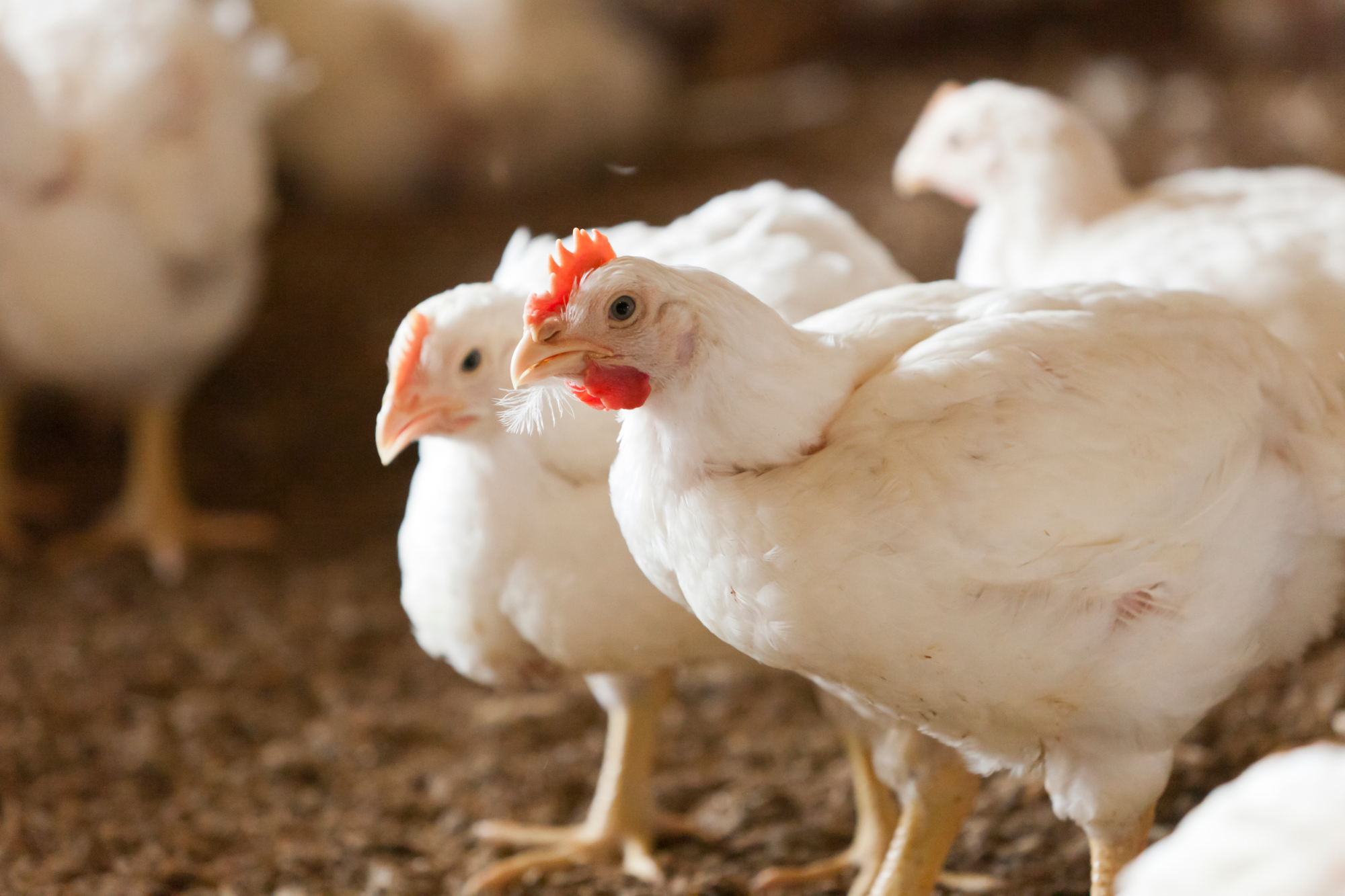
As the demand for high-quality protein sources in animal feed continues to rise, northern grown U.S. soybean meal (SBM) stands out as a superior choice for poultry producers and the broader animal nutrition industry. A recent study by Aguirre et al., 2024 highlighted the advantages of U.S. SBM over its counterparts from other major South America exporting countries, making it an ideal ingredient for optimizing feed formulations. The results from this research identified:
- Superior amino acid profile
Amino acids are the building blocks of protein, essential for growth, feathering, immune function and overall bird health. U.S. origin soybean meal stands out due to its superior amino acid profile containing higher concentrations of Critical Amino Acids (CAAV: lysine, methionine, cysteine, threonine, tryptophan) compared to soybean meal from other regions.
- Enhanced protein quality
Protein quality is not just about the total protein content but also its digestibility and bioavailability. U.S. soybean meal shows superior protein quality, indicating less damage during processing and is reflected in key quality indicators such as:
- Higher protein dispersibility index (PDI): A higher PDI indicates that the protein is more readily dispersed and digested in the bird’s gut, improving nutrient availability
- Improved KOH solubility: Higher KOH solubility signifies enhanced protein extraction and digestion, leading to more efficient nutrient uptake
These superior protein quality indicators translate to enhanced nutrient utilization, contributing to improved feed intake, faster growth and better feed conversion.
- Higher amino acid digestibility
The digestibility of the protein and amino acids in U.S. soybean meal is generally higher compared to those from other origins. This may be attributed to the optimal harvesting, storage and transport practices employed in the U.S., which assists to maintain the protein and amino acid integrity and nutritional value. Improved digestibility means that birds can extract and utilize a greater proportion of the nutrients, translating into reduced feed costs and improved growth rates.
- Enhanced energy content
Research consistently shows that the apparent metabolizable energy of U.S. soybean meal tends to be higher than its South American counterparts. This enhanced energy content is crucial for broiler growth and efficiency. Better energy utilization translates directly to improved feed conversion ratios, meaning birds achieve the same or better weight gain consuming less feed. This difference in energy value, though seemingly small, can have a significant cumulative effect on overall profitability.
- Improved broiler performance
The findings of the Aguirre et al. (2024) study also demonstrate the performance benefits of using U.S. soybean meal in broiler production. In the trial with broilers aged 17-21 days, those fed experimental diets containing U.S. soybean meal showed significant improvements compared to birds fed soybean meal from other origins. Specifically, the U.S. soybean meal group exhibited:
- Increased feed intake: Birds consumed more feed, indicating a greater appetite (palatability) and willingness to consume the higher quality feed.
- Higher body weight gain: A substantial increase in daily weight gain was observed in the U.S. soybean meal fed birds, showcasing the superior nutrient utilization for growth.
- Improved feed efficiency: This resulted in a better feed conversion ratio (FCR), meaning the birds gained more weight per unit of feed consumed.
These enhanced performance metrics of – increased feed intake, accelerated weight gain, and improved feed efficiency suggest a direct link to the higher apparent metabolizable energy and superior digestibility of amino acids present in U.S. soybean meal. The optimized nutrient profile of the U.S. soybean meal allows for more efficient nutrient utilization, maximizing growth and minimizing feed waste.
Can we align the above observations with Broiler Growth Model predictions?
As part of our integrated approach to showcasing the value of NSM region soy products, we are utilizing the EFG Broiler Growth Model to predict and optimize broiler performance in Southeast Asia’s poultry feed market. This advanced model, developed by renowned expert Dr. Rob Gous, integrates detailed nutrient profiles into a comprehensive framework that simulates the complex factors influencing broiler growth. By accounting for variables such as genetics, environment, feed ingredients, nutrition, and farm management, the EFG model enables us to demonstrate the superior nutritional benefits of NSM region soybean meal. This capability bridges the gap between nutritional science and practical poultry production, allowing us to optimize feeding programs, improve resource allocation, and enhance risk management.
Building on the findings from the Aguirre et al. (2024) study regarding broiler feed intakes, we incorprated the increased feed intake data (as % differences observed over 17-21 days of the U.S.-fed birds from the trial), into the EFG model over an extended 35 day growth period. This integration allowed us to simulate and predict the growth performance, meat quality, and financial returns of an overall broiler production system. The results of these simulations are as follows:
| Broiler Production Parameter | ARG | BRA | U.S. |
| Feed Consumption (grams/bird) | 2800 | 2872 | 3403 |
| Liveweight (grams) | 1786 | 1867 | 2223 |
| FCR | 1.56 | 1.53 | 1.52 |
| Breast Meat Yield (%) | 17.2 | 17.6 | 18.0 |
| Feed Cost per Bird ($) | 0.99 | 1.00 | 1.17 |
| Margin Return per Bird ($) | 1.20 | 1.28 | 1.54 |
In this growth model simulation, broilers fed with U.S. soybean meal showed notable performance improvements compared to those fed with soybean meal from Argentina and Brazil. The simulation assumed a higher feed intake, which led to increased liveweights of 2223 grams and a favorable feed conversion ratio (FCR) of 1.52. Furthermore, these birds achieved a higher breast meat yield of 18.0%. While the increased feed intake resulted in a higher feed cost per bird ($1.17), the model predicted a substantial increase in the margin return per bird to $1.54. Although the enhanced feed intakes were extended across a 35-day growth period (for modeling purposes), it does suggest that using U.S. soybean meal in broiler feeding programs could enhance profitability for producers.
Conclusion: Maximize your poultry profits with northern soybean meal
The superior characteristics of northern-grown soybean meal, including higher digestible amino acids, enhanced protein quality, greater energy content, and improved digestibility, offer substantial advantages for your poultry operation. By leveraging these benefits, you can maximize your investment and realize your flock’s full potential, leading to more efficient and profitable poultry production.
Reference: Aguirre, L., L. Camara, A. Smith, G. Fondevilla, and G.G Mateos. 2024. Apparent metabolizable energy and ileal digestibility of commercial soybean meals of different origins in broilers. Poult. Sci. 103:103786


